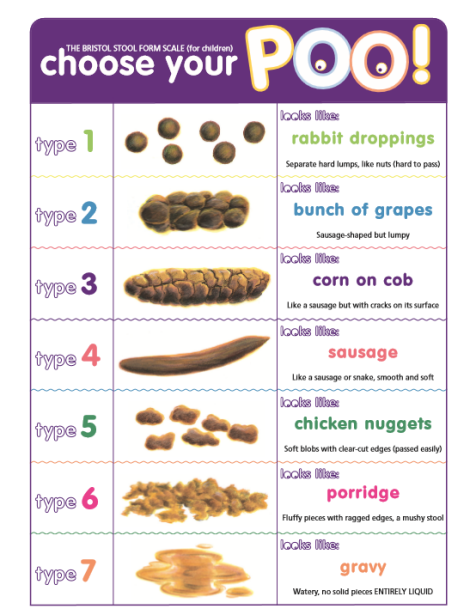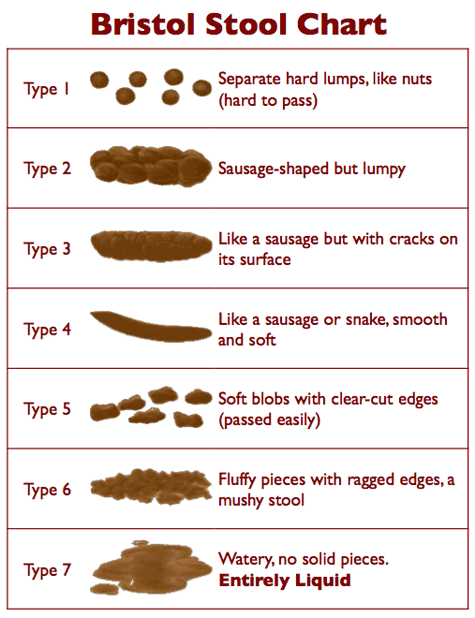What's a healthy poo?

Having young children in the nappies and toilet-training stage means I get to be “up close and personal” with poo on a regular basis. Too much information? Well, it’s a reality parents of young kids must face! It’s also a really important indicator of health in both children and adults. It may not be dinner table conversation, but in my work as a naturopath, I spend a lot of time talking with my clients about their stool. Why? Because it provides hints as to how the digestive system, and therefore most of the other systems in our body, are working (or not!)
Your poo is the end product of your digestive system - basically all the waste your body creates in conducting its various daily functions ends up in excrement. So what this end product looks like, the sensations associated with going to the toilet, is actually quite a good guide to what’s going on. Paying attention to it can help pick up and prevent health issues.
There are some key questions I ask when assessing the health of your stool to determine your overall health.
- How frequently are you going? 1-3 times per day is what all adults should be aiming for. Babies, especially if breast fed, may be more frequent than this. Skipping a day (or more) is not great for your body as it means these waste products build up in your system. Going more frequently might mean your body isn’t absorbing the nutrients it needs.

- What is the quality like? Is it small and pebbly or watery, or somewhere in between? A “soft sausage” is ideal. The Bristol Stool Chart is the universal guide to understanding poo quality. You should be aiming for a 3-4 type.
- Is it difficult to pass? Any pain, straining or urgency are all signs things are not working as they should be. Pain is an indicator of inflammation and irritation - as is urgency. Straining indicates there is not enough fluid to keep things moving smoothly, or there may be a blockage of some sort which needs to be checked out.
- Is there anything unexpected? Dark or bright red blood, usually seen on wiping is not a good sign. While it might just be a haemorrhoid that is irritated, it might be something else so please see your GP. Mucous, usually white or cream and slimy, (again usually seen on wiping) indicates inflammation and possibly infection and should also be checked out. Undigested food indicates the enzymes needed to break down foods are insufficient and so you are not absorbing the nutrients you should be. Ideally, we don’t want to be seeing any of these things and if we do it is a sign to investigate further.
- Does it feel complete? If not, sit a little longer, breath deeply and relax. There might be more to come! Women especially don’t sit long enough (for some reason this appears to be less of a problem with men). If you have sat for a decent time, eg 5-10 minutes or longer, and it still feels like there’s more to come, but nothing is happening, there might be an issue with your system
So in short, all is well down there if:
- you are going 1-3 times per day;
- it is medium to dark brown in colour;
- the texture is soft but formed;
- there’s no urgency;
- no sign of blood, mucous or undigested food; and
- it feels complete.
If you did not tick one or more of these, perhaps it’s time to get a professional opinion on how to make things better.
The information given here is general in nature. For information and support specifically tailored to your needs, book an appointment today